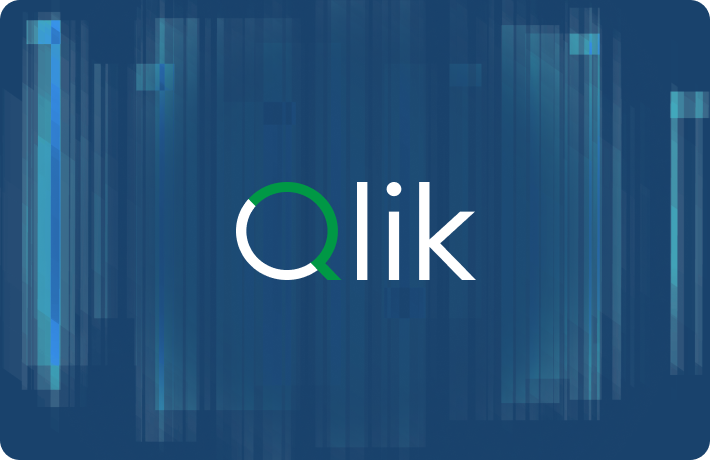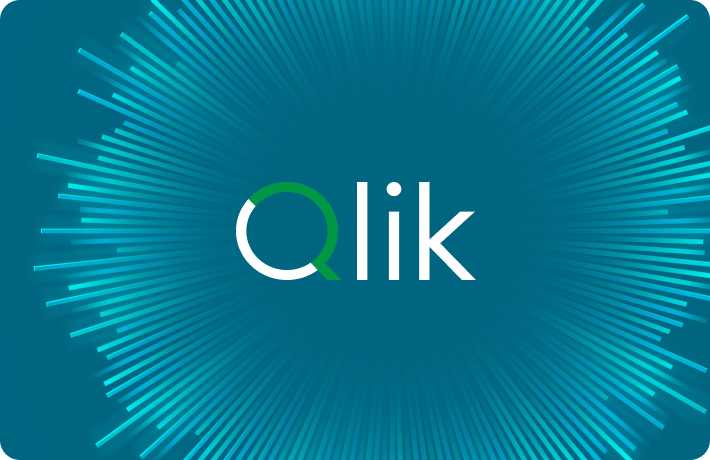PUBLIC SECTOR ANALYTICS
Analytics Solutions for Government and Education
Make data easy for everyone to explore, by breaking down silos and combining all your data. Qlik® delivers the valuable insight you need to efficiently improve services and deliver on your mission.

Deliver federal government agency services more effectively, transparently, and efficiently
Connect all your data to surface new insights that improve your agency’s ability to meet its mission, whether you need to ensure national security or monitor food safety. Qlik helps you explore agency data to uncover opportunities for improving operations and reducing costs.

Give citizens the data they need to improve their lives

Improve public health, cost efficiency

Rapidly create scenarios and predict outcomes
Qlik Cloud® Government
There is a cloud platform for data and analytics built specifically for the U.S. Public Sector. Ensuring security and compliance, Qlik Cloud Government is authorized at the FedRAMP Moderate Impact Level (IL) and Department of Defense (DOD) IL2.

Improve state and local government services and save budget
Improve citizen services and gain the transparency needed to reduce fraud, waste, and abuse. Our data analytics platform lets you explore and analyze all your activities, from emergency response conditions to procurement, surfacing opportunities for service improvements and cost savings.
Predict crime, prepare the force
Consolidate a wealth of historical and real-time incident data feeds to optimize staff levels, resources, and deployment locations. The City of Cardiff blends keyed-data feeds with Qlik GeoAnalytics® to visualize thousands of crime-related data points on a city map.


Track the meaning behind expenditures

Make better government decisions with analytics


Optimize emergency care by combining historic and real-time knowledge
Raise student success rates across all levels of education
Elevate student performance by knowing which areas to improve and how to improve them. Use associative capabilities of Qlik products to analyze student achievement levels in context with numerous factors ─ teacher qualifications, curriculum effectiveness, program budgets, and more. The results are tightened achievement gaps and higher student performance.

Give education policy-makers all the relevant data needed to explore issues thoroughly

Present school progress status to all stakeholders in a timely manner

Optimize student success rates using predictive analytics
Data-driven strategies in government require widespread data literacy
Data and IT modernization are transforming the performance of government agencies. If you want your agency to modernize, you must give your non-technical users the tools they need to easily explore data and surface valuable insights to optimize agency performance.
A successful government-wide data strategy requires people at all levels to understand and use data effectively
Many federal agencies have strategies for data and IT modernization. True transformation will occur when non-technical staff, subject matter experts, and high-level decision makers can explore data and make discoveries that drive consistent performance improvements.






























































